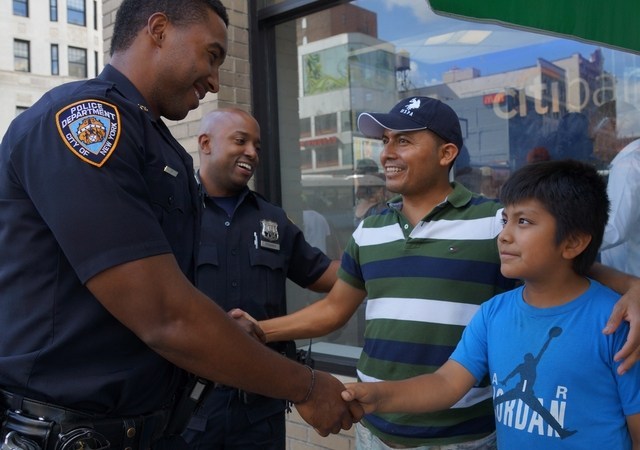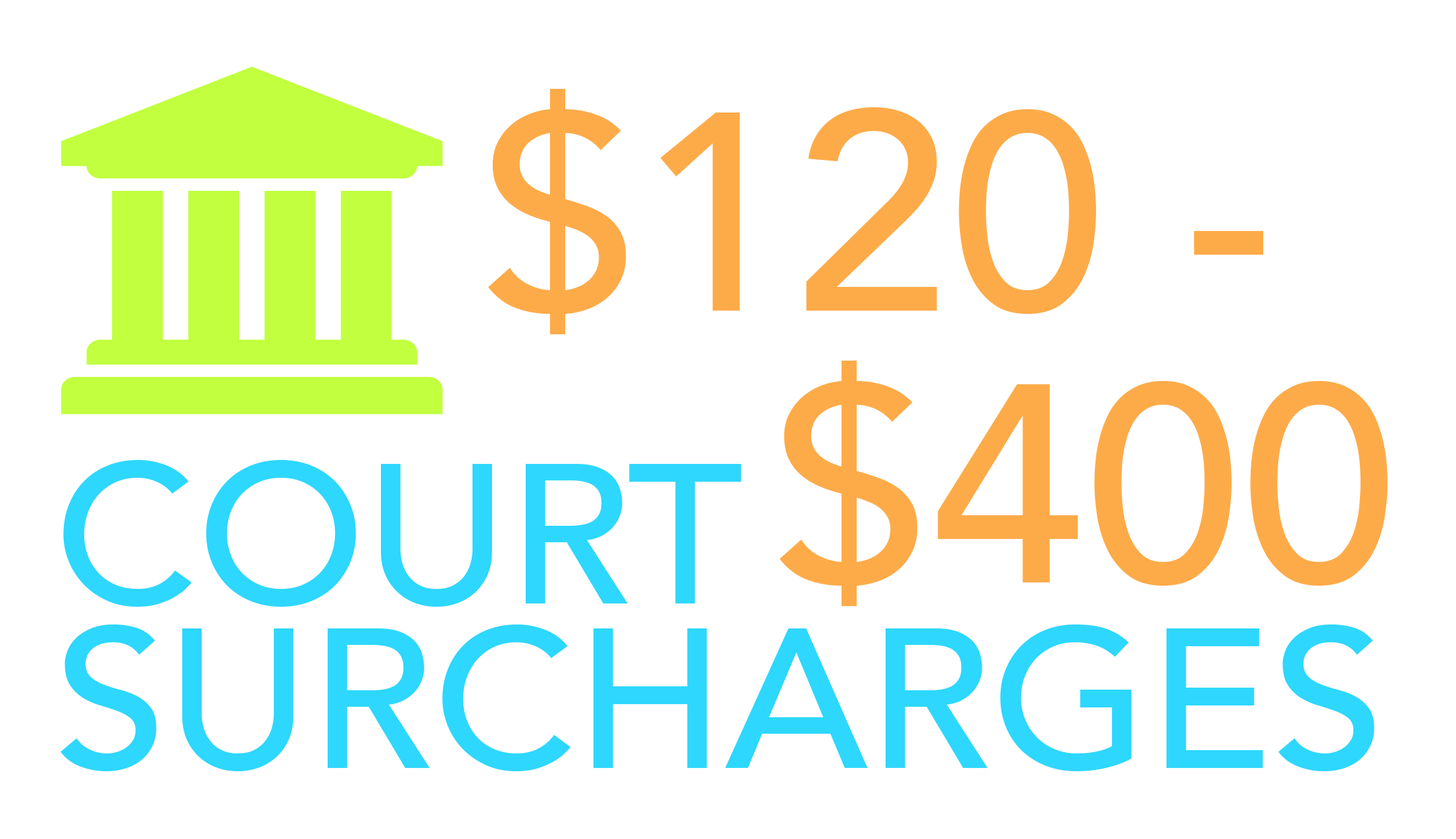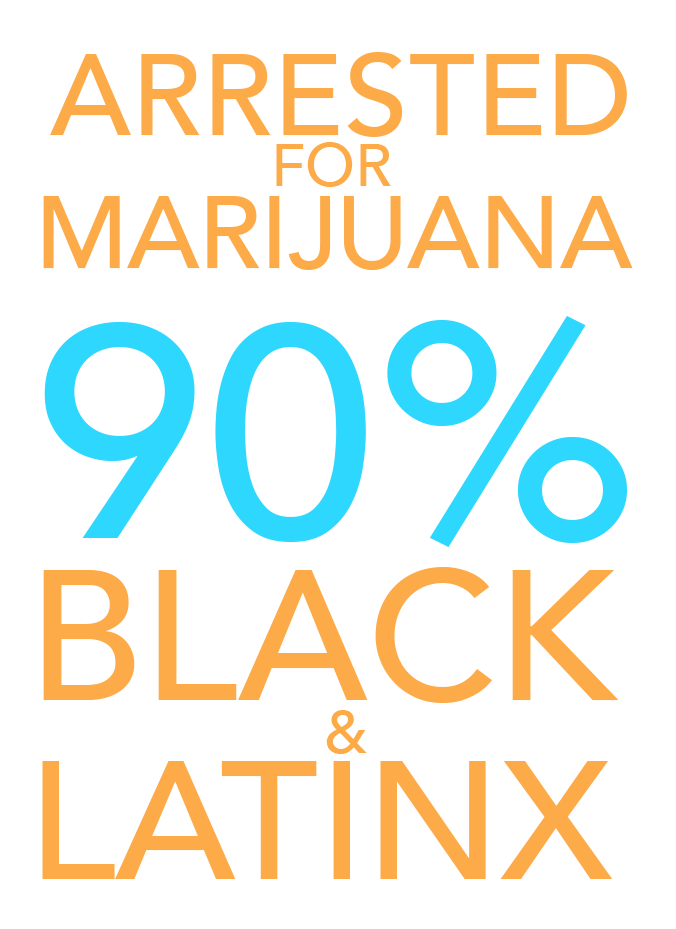Criminal Justice in the 21st Century
Less than a decade ago, the New York City Police Department (NYPD) stopped and frisked almost 700,000 people in a single year. The overwhelming majority of them were Black and Latinx New Yorkers who had done nothing wrong.
In the 1990s, the City’s jail population was over 20,000. Most of those people were charged with minor crimes and could not afford even a small amount of bail.
And just 8 years ago, the justice system sent more than half a million people to criminal court for quality of life offenses. That’s well over 1,500 criminal summonses every day.
Today our stop and frisk rate is reportedly down by 98%. Our jail population is almost a third of what it was. And criminal summonses for offenses like drinking in public are down 96% from where they were less than a decade ago.
We’ve made great strides, but the profound injustices of those practices continue to haunt us.
Our jail population in New York City right now is 87% percent Black and Latinx. 81% of people prosecuted for crimes in New York City are Black and Latinx. 88% of those who are stopped and frisked are Black and Latinx.
The policies of stop and frisk, broken windows, and mass incarceration have turned our criminal justice system into a system of injustice for poor people of color and had a profound and long-lasting impact.
New York City is the safest big city in the country and we did this while moving away from these practices. We will continue to do move forward with a holistic approach that will keep crime down and keep all communities safe.
Criminal Justice in NYC
Jail Population
90%
Black & Latinx
Stop & Frisk
90%
Black & Latinx
Read the speech
Download the speech
Contribute on Github
Data Team Home
Legislation & Initiatives
The New York City Council will pass a resolution to repeal 50-a, the state law that allows the NYPD to shield police officers from public scrutiny.
#CloseRikers
The Council will support the land use process for new jail sites and closing Rikers Island and invest in alternatives to incarceration such as diversion, rehabilitation and treatment.
Parole Reform
The Council will urge the State to pass the Less is More Act that will stop sending parolees back to jail for minor technical violations and fund programs that will provide an array of services to parolees.
The Council will create a new program to house 100 people diagnosed with serious mental illness caught in the criminal justice system. This initiative will focus on men who need transitional housing–not jail–modeled after the women’s community justice project. The Speaker is calling for an investment in residential in-patient mental health programs.
Equal & Economic Justice
The Council will fund a new courtroom in Brooklyn solely dedicated to assessing certain felony cases for alternatives to incarceration.
The Council will call on the State Legislature to end mandatory surcharges and will pass legislation to establish a pilot to create a new fine structure for certain civil offenses.
Justice for Driving Offenses
The Council will be negotiating policy with the administration that will move cases involving a suspended driver’s license to the DMV court instead of criminal court.
Justice for Persons Involved in the Sex Trade
The Council will pass a resolution in support of repealing the State law related to loitering for the purpose of prostitution. The Council will also fund the creation of a comprehensive wraparound support center for those who are engaging in survival sex or have been trafficked.
Collateral Consequences
The Council will pass a law requiring an audit of all city agencies to examine their practices and identify points where drug convictions in the denial of services or any other negative consequences. The Council will examine which of these policies make sense and which prevent people from moving on with their lives.
Police Actions
There are several types of police actions in NYC:
A violation, like drinking in public or disorderly conduct, is not considered a crime. In most cases you can pay a fine or do community service.
A misdemeanor is more serious than a violation, but not as serious as a felony. There are two classes of misdemeanors.
Felonies are the most serious crimes, like murder, rape and arson. If you are found guilty of a felony, you may be sent to jail for at least 1 year. There are several classes of felonies. Felonies are also categorized as either violent or non-violent.
Historical and 2018 NYPD arrest (felony, misdemeanor and violations) data can be found on the open data portal.
Stop, question & frisk is a NYPD action of temporarily stopping, questioning, and searching persons. The NYPD has made available stop & frisk data from 2003 to 2018.
Criminal Summons or ‘pink tickets’ are issued by NYPD officers and other law enforcement jurisdictions. People that receive summons are usually not arrested or fingerprinted. Most current year and historical summons data can be found on the open data portal.
Police Actions
2006-2018
Of the police actions in the chart, stop and frisk incidents have had the greatest decline since 2011.
Arrests for misdemeanors and criminal summonses have also declined but at a slower pace, while arrests for felonies have decreased slightly.
Violations have been quite steady over time. But in 2016, violations have slightly dipped.
Racial Disparities
Stop, Question & Frisk
Total Incidents, 2010-2018
Over time, stop and frisk incidents have decreased significantly, but racial disparities persist year after year.
The peak of stop, question and frisk was in 2011 with about 685,000 incidents, averaging over 1,850 occurrences each day.
When comparing that peak to the most recent year, 2018, there is a 98% decrease in stops.
Race
Black or Hispanic
White
Other
Amerindian
Asian
Despite the decrease, the racial demographic proportions have stayed about the same.
Blacks and Hispanics make up over 80% of people who were stopped and frisked during all years from 2011 through 2018.
Adult Male Arrests Overall, 2018
In 2018, nearly half of arrested men were black, despite black men representing only 20% of the City’s male population. While white men make close to 35% of the City’s population, they represent only 12% of male arrests.
Adult males make up 80% of the 2018 arrested population. Adult women make up 20% of that population, and they share similar racial demographic proportions with the men.
Race
Black & Hispanic
White & Hispanic
Black
Asian
White
Other
Amerindian
Adult Male Arrest Rate by Population, 2018
Race
Black & Hispanic
White & Hispanic
Black
Amerindian
Asian
White
When comparing the racial demographics of the arrested male population to that of the City’s, hispanic black men have the highest rate, close to 30%, followed by hispanic white, and black men with 14% each. White men have a rate of 2%.
Arrests for Driving with a Suspended License, 2018
When looking at driving offenses, specifically arrests for driving with a suspended license (Vehicle Traffic Law 511),
80% of those arrested in 2018 were black or latinx.
Rebuilding Trust
Repeal 50-a
The State Legislature needs to repeal 50-a, the state law that allows the NYPD to shield police officers from public scrutiny. 50-a keeps officer misconduct in the shadows.
It’s what kept New Yorkers from knowing the disciplinary records of officers involved in the death of Eric Garner. He died in 2014 and five years later, the public still has many unanswered questions.
#CloseRikers
Going forward, our default response to most arrests should be diversion, treatment, and rehabilitation – not incarceration.
This is why the City is closing Rikers Island. The land use process for new jail sites has begun, and Albany has finally passed transformative laws on the issues of discovery, speedy trial, and bail reform.
Diversion, Treatment, and Rehabilitation
The City needs to increase the investment in alternatives to jail and prison.
The City can do this by taking the money spent on the City’s jails and investing those funds in the communities directly impacted by mass incarceration.
The City must address the fundamental problems that led to the justice system’s involvement in these communities in the first place.

Mental Health & Jail
Most come from poor communities of color that have limited access to medical care, and are also subject to higher levels of law enforcement.
The health care system has turned away the chronically ill, leaving jails as the public caretaker of last resort.
But incarcerating people with mental health issues is a profound injustice, and something should never happen in our city.
The City Council will fund a program to connect social workers with defense attorneys and medical staff early on in a case to find alternatives to incarceration. The Speaker will introduce the Get Well & Get Out Act that will require correctional health services to communicate critical information about a person’s mental health status to their attorneys.

Economic Justice: Surcharges
In 1982, as part of a misguided effort to be “tough on crime,” our state added mandatory court “surcharges” to all convictions.
These surcharges run from $120 for a non-criminal offense to $250 for a misdemeanor. And almost $400 for a felony. For those with means, $120 is a nuisance. But for those living in poverty, $120 is a severe hardship.
The Council will call on the state to end mandatory surcharges. The poor are already overly burdened by our criminal justice system. Forcing them into a system that has discriminated against them for decades – and then charging them for it – is an injustice.

Economic Fairness: Civil Fines
The City needs to address how fines are set on certain civil offenses. Much like court fees, these fines have a disproportionate impact on the poor.
The Council is proposing to pilot a new fine structure for certain civil offenses – one that is tied to a person’s means with the help of the City’s Office of Administrative Trials and Hearings (OATH).
This concept, commonly known as “day fines,” is simple: fines are based on a certain percentage of a person’s daily income.

Justice for Driving Offenses
The“crime” in most of these cases is the failure to pay a moving violation.
Everyone should pay their fines for moving violations, however the punishment should not be criminal charges or incarceration.
This is why the Council will negotiate a policy with the administration that will move cases involving a suspended driver’s license to the DMV court instead of criminal court.
76% of the drivers in our City are white, but 80% of the people arrested for driving with a suspended license in 2018 are Black or Latinx.
Justice for Persons Involved in the Sex Trade
What you choose to wear should never be an indicator of criminality.
Yet that’s exactly what the state does with its archaic and wrongheaded law that penalizes what is allegedly loitering for the purposes of prostitution.
This means that the police monitor the way people dress under the guise that certain clothes make you “look” like you’re selling sex.
Arrests for this offense disproportionately target transgender women and women of color.
The number of these loitering arrests more than doubled between 2017 and 2018. This is blatant misogyny. This law must be repealed immediately.

Collateral Consequences & Substance Abuse
The City Council has already addressed this issue in numerous ways, including passing the “Ban the Box” legislation to reduce the impact of a criminal conviction on employment.
Last month, the Council passed legislation
banning pre-employment drug testing for marijuana, ending a significant barrier to employment.
The City will take a hard look at our own policies that affect those with criminal convictions, particularly those with drug convictions, to identify policies that may be overly punitive.

The reality is that the use of marijuana has already been legal in this city – if you’re white. Like so much else with this system, over 90% of those arrested for marijuana are Black or Latinx.
It’s time to legalize it for everyone.
Created by the NYC Council Data Team.
For feedback, comments, and questions please email DataInfo@council.nyc.gov.
